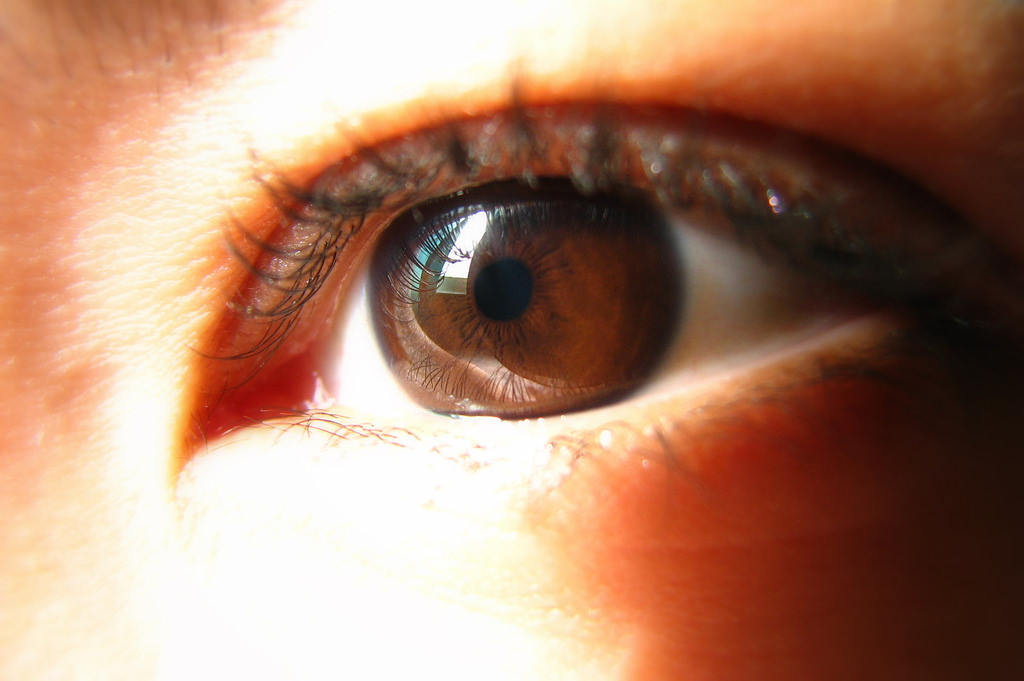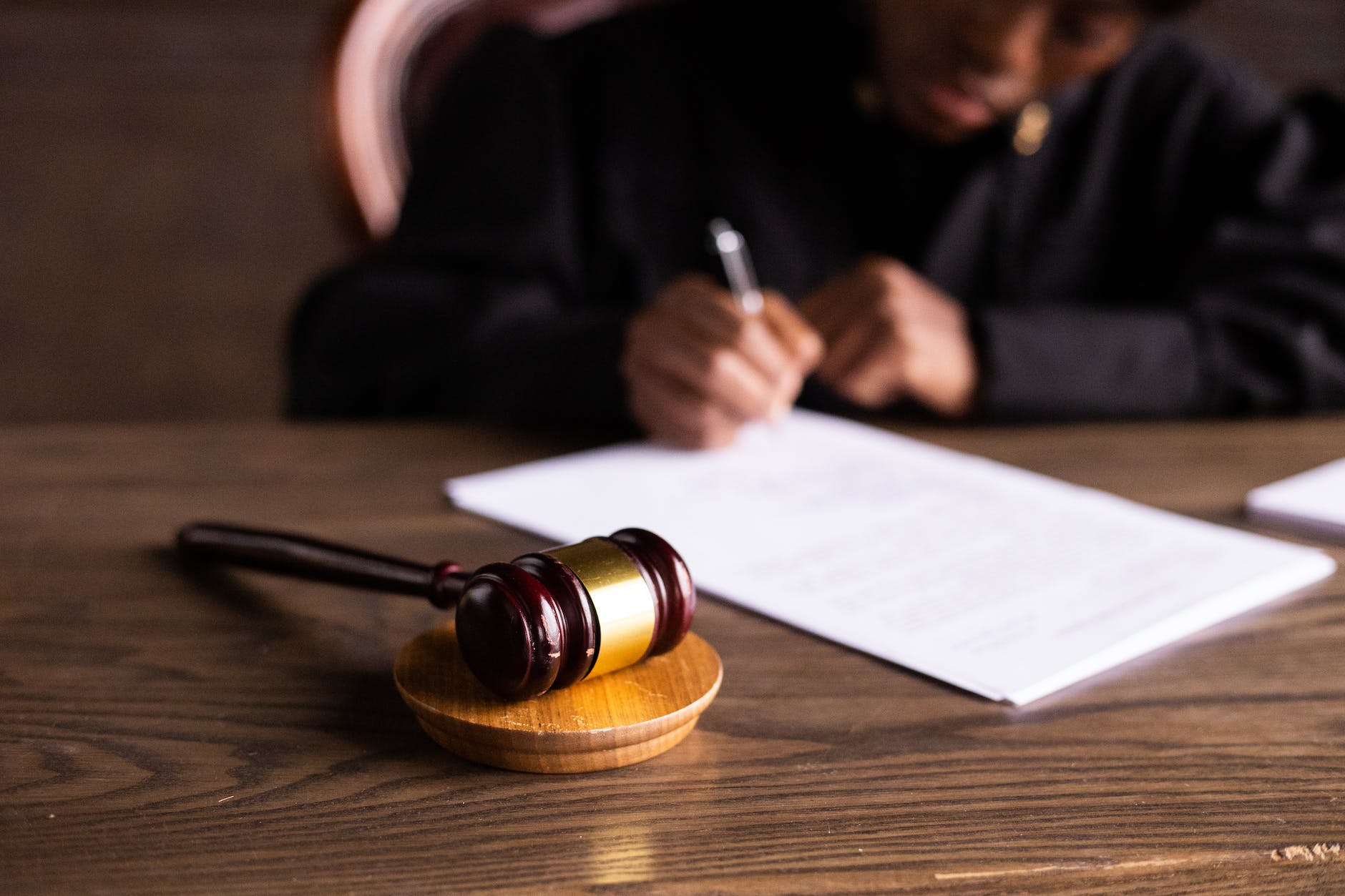By: Anisa Khalifa
 During my last year of university, I decided to explore beyond my close-knit group of friends and join some new clubs while I still had the opportunity. During Clubs Week, when all the clubs on campus set up booths in the common areas, one that caught my attention was the Asian Students’ Society. When I walked up to their table, the girl there told me non-Asians were welcome.
During my last year of university, I decided to explore beyond my close-knit group of friends and join some new clubs while I still had the opportunity. During Clubs Week, when all the clubs on campus set up booths in the common areas, one that caught my attention was the Asian Students’ Society. When I walked up to their table, the girl there told me non-Asians were welcome.
“I’m Asian,” I told her. She blinked at me.
I still joined, paid the dues, and went to one event, because I become stubborn when I’m made to feel that I don’t belong somewhere. Unsurprisingly, I was the only one at that event who looked like me, and not one person among the hundreds of attendees did anything but politely look past me.
The experience stayed with me, because it drove home a point that until then had been a vague constant in my peripheral awareness: In North America, when we say “Asian,” we mean East Asian. (I went to school at the University of Toronto, but although Canada’s relationship with race differs from ours in important ways, they have generally treated their Asian diaspora similarly to the US—unlike, for example, the U.K, where “Asian” has historically referred primarily to South Asians.) As a brown Asian American of Pakistani descent who often gets mistaken for Arab, I am used to not being included in this category that I clearly belong to.
But, after that experience with the Asian Students’ Society, I decided to claim it, to assert that I am Asian American, consciously and in an act of defiance—because that distinction, that exclusion, is another function of the white supremacy we are daily trying to navigate ourselves through. For me, as an instantly identifiable Muslim, the racialized bigotry of Islamophobia is an extra layer that complicates the tangled morass of visible identity, and seems to take me even further from the “standard” idea of an Asian American.
Any conversation about race in the United States has to start with an understanding of the way white supremacy visibly and invisibly underpins the structures of our nation. The institutions of this country were designed and built specifically to serve the needs of rich white men—to the exclusion and at the expense of everyone else—and what change has happened has been within and in spite of that framework. East Asian Americans occupy a particularly confusing space between the dominant narrative of white vs. black, because they are at once seen as a model minority and an existential threat to whiteness. They are invited into the fold of white supremacy and yet excluded from attaining its full “benefits”.
Asian Americans remain unable, for the most part, to shake off the dual demons of white supremacy and colorism. Few countries in Asia have remained untouched by colonialism. For centuries, Western powers usurped their governments and exploited their resources, often using the justification of racial superiority, forcibly replacing entire cultures and languages with their own. (The “white man’s burden” in India consisted of nearly 200 years of tyrannical British rule.) The traces of that violence have been carried down the generations, reinforced by the Asian American experience in the United States—itself a former British colony that takes some of the worst of those abuses as foundational values. Then there’s colorism, the belief that lighter skin is a sign of beauty and status; it’s existed in many Asian cultures since ancient times, originating due to the difference in skin tone between those who worked in the fields and those who rested in the shade. Unsurprising, then, that many Asian Americans would prefer not to be associated with their darker cousins.
And of course, in the background of all of this is the Orientalism that has underpinned the way European societies have interacted with the “East” for hundreds of years, which saw Asian and Middle Eastern cultures as static, undeveloped, backward, even “savage,” while white, Western cultures were developed, rational, flexible, and superior. It’s an attitude that allowed for these societies to so easily reconcile the idea of colonialism to begin with, and why they were able to view themselves as morally unblemished while they were subjugating and enslaving a significant portion of humankind. The humanity of people of color was always in question, and even if it existed, was perpetually lesser, foreign, ugly, and nonsensical.
The racist system Asian immigrants encountered once they reached America only reinforced the common axiom that it was a white man’s world and their only recourse was to keep their heads down and work twice or five times as hard. Our parents taught us to believe in this tarnished version of the American dream, a coping mechanism for the daily humiliations and setbacks that are an inevitable part of the experience of being a person of color in this country. But it’s a flawed philosophy, because it’s rooted in an acceptance of white supremacy that reinforces the model minority myth and ignores the injustices we too perpetuate when we say that hard work is all we need to succeed.
The category “Asian American” was initially created in the 1960s as a way to unite our voices for political change, drawing inspiration from the way the African American community organized and gathered themselves during the Civil Rights Movement. The Asian American Movement at that time promoted solidarity across Asian ethnicities and with other communities of color, in the hopes that standing together would bring power to those who had been disenfranchised for so long. The noble ideals of a pan-Asian community haven’t been realized in the way our forebears might have hoped, however.
Today, I see in Muslim and South Asian communities inspiring echoes of the way Japanese and Vietnamese Americans were galvanized to take political action because of World War II and the Vietnam War, because suddenly America was at war with people who looked like them. For the last two decades, brown Asians have been targeted especially harshly with racialized Islamophobic rhetoric. South Asian Americans, or Desis (those who come from what is known as the Indian subcontinent) are as diverse in religion, language and culture as other diasporic Asian populations, but the racialized nature of Islamophobia means that brown skin and “foreign”-seeming cultural markers instantly denote South Asians as the enemy.
At the same time, although South Asian Americans constitute 20% of American Muslims, we are consistently excluded from most discussions of the Asian American experience and are almost exclusively viewed as being from and associated with the Middle East. I love my Arab sisters and brothers, but the identity I share in common with them is not the ethnic one that is continually forced upon me. It’s exhausting to be targeted, erased and misrepresented simultaneously.
And in this maelstrom of hatred and misinformation that we’ve endured since 9/11, I’ve seen very few non-brown Asians standing up for us. It’s an unfortunate irony, given that so many well-known East Asian American activists and writers cite Malcolm X as their inspiration, and yet—perhaps unconsciously—tend to ignore or erase darker-skinned Asians, Muslim Asians, and those who are misunderstood to be Muslim from their idea of the Asian American community.
I wish for my AAPI community to remember and renew the ideals that started this movement in the sixties, when Asian American leaders worked to build trust among ourselves and with different communities of color. Witness the incredible friendship between Yuri Kochiyama and Malcolm X, whose own awakening to social justice was inextricable from his journey with Islam. When black and brown people bear the brunt both of systematic, generational oppression and targeted attacks from government officials and agencies, people of color who are more white-adjacent can and should use that privilege to help them. White supremacy comes for us all eventually, and our only hope of defeating it is to imagine ourselves as one community.
I know it’s sometimes difficult to imagine that community, because we are so diverse, but it’s imperative, in this moment when every type of Asian American identity has some sort of battle to fight, to join forces if we want to win—to stand up together to the forces of white supremacy, and anti-blackness, and Islamophobia. I’m beginning to see it happen in some circles, and it is marvelous to behold.
We do still live in a white man’s world, despite the efforts of those who have come before us. Progress has been slow and uneven, and it has often come at terrible cost. But it has always and only come when Americans united across the lines of color and ethnicity, religion and socioeconomic class. That’s the lesson we need to learn as Asian Americans.
Anisa Khalifa (@anisakhalifa_) is a Canadian-American writer of Pakistani descent who has called many cities home. She has an Honors B. A. in English and Diaspora and Transnational Studies from the University of Toronto, and spends a lot of time thinking and writing about culture, race, social justice, and how one voice might make a difference.
Write Back, Fight Back(#WriteBackFightBack) is a weekly essay series sponsored by 18MillionRising, Asian Americans Advancing Justice, and Reappropriate. It features emerging Asian American writers on topics of racial and social justice. New essays will appear every Thursday.


